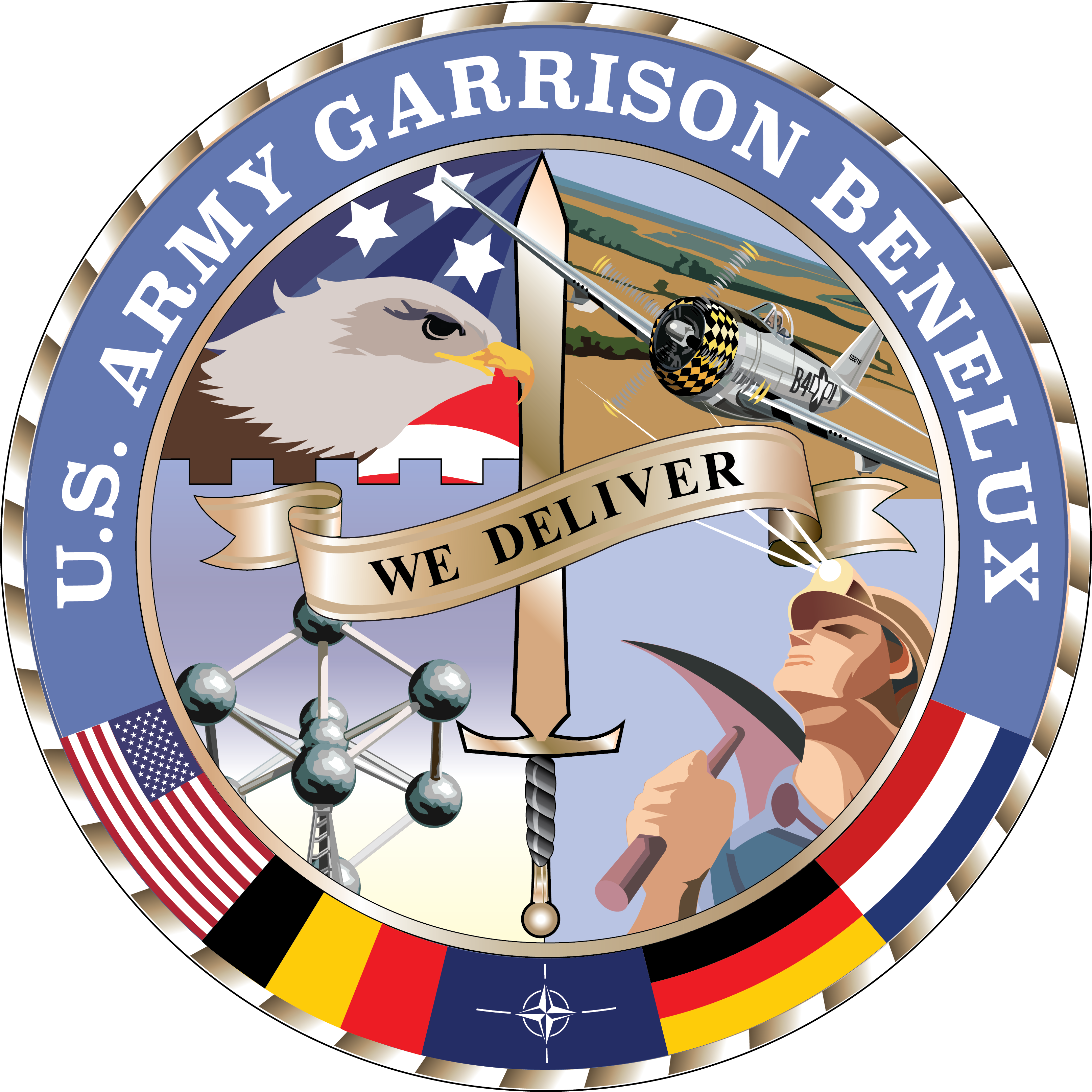Dec. 18, 1944, the first shells fell on the city of Bastogne.The Supreme Allied Commander, Gen. Dwight D. Eisenhower, rushed reinforcements to hold the shoulders of the German penetration. Within days, Lt. Gen. George S. Patton, Jr. had turned his Third U.S. Army to the north and was counterattacking against the German flank. (U.S. Army photo by Julie Piron)
Battle of the Bulge 101
CHIEVRES, Belgium — In December 1944 and January 1945, the Germans attempted to mount a definitive counter-offensive against the Allies, with the aim of driving them out of the Ardennes. It became known as the ‘Battle of the Bulge’. This is the biggest operation on Belgian soil during World War II.
Beginning of the Battle
- Sept. 16, 1944, Hitler announced his decision to prepare a counterattack out of the Ardennes with the objective of occupying Antwerp.
- Dec. 16, 1944, more than 200,000 German troops and nearly 1,000 tanks launched Adolf Hitler’s attempt to drive forward to the English Channel.
- Germans struck in the Ardennes Forest over a 85-mile stretch.
- Four American divisions were stationed in the forest for rest and rejuvenation.
- Germans broke through the American front, seized key crossroads and advanced toward the Meuse River.
Challenges throughout battle
- Dec. 17, 1944, Belgian civilians and 86 unarmed American Soldiers were taken prisoner and massacred on the spot in what is now known as the Malmédy Massacre.
- English-speaking Germans disguised themselves as American Soldiers, captured critical bridges, cut communications lines, struck fear into the Belgian townspeople and spread rumors among the American forces.
- Soldiers faced frigid winter weather conditions of freezing rain, snow and fog along with a mix of wooded, muddy, hilly terrain and populous villages.
- Ammunition, medical supplies, fuel and other necessities were scarce and had to be rationed.
Turning point
- Dec. 18, 1944, the first shells fell on the city of Bastogne.
- The Supreme Allied Commander, Gen. Dwight D. Eisenhower, rushed reinforcements to hold the shoulders of the German penetration.
- Within days, Lt. Gen. George S. Patton, Jr. had turned his Third U.S. Army to the north and was counterattacking against the German flank.
- Soldiers delayed armored spearheads with obstinate defenses of vital crossroads, moved or burned critical gasoline stocks to keep them from the fuel-hungry German tanks and came up with questions on arcane Americana to stump possible Nazi infiltrators.
- Local civilians and Belgian Soldiers who volunteered to serve with the Americans also did their part to provide aid to the American Soldiers and to slow the Nazi advance.
- By Dec. 20, 1944, Bastogne had become an armed camp with four airborne regiments, seven battalions of artillery, a self-propelled tank destroyer battalion and the surviving tanks, infantry and engineers from two armored combat commands all under the 101st Airborne Division.
- Dec. 21, 1944, Germans closed in on Bastogne and surrounded the city.
- At the critical road junctions of St. Vith and Bastogne, American tankers and paratroopers fought off repeated attacks, and when the acting commander of the 101st Airborne Division in Bastogne was summoned by his German adversary to surrender on Dec. 22, he simply responded, “Nuts!”
- Through January, American troops, often wading through deep snow drifts, attacked the sides of the shrinking bulge until they had restored the front and set the stage for the final drive to victory.
- The last shells fell on Bastogne on Jan. 15, 1945, but the battle ensued in the region for another 10 days.
Learn more about the 75th anniversary of the Battle of the Bulge.
Special to the Gazette




